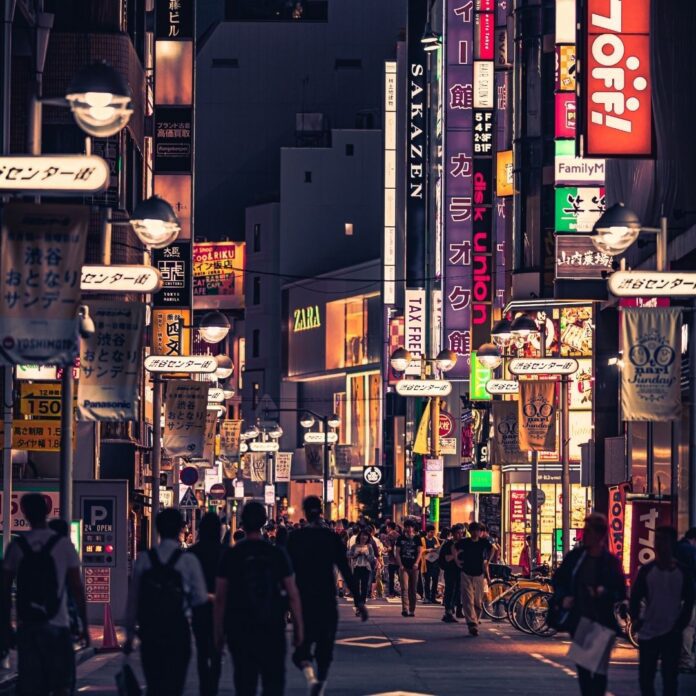So you’ve got one day in Tokyo to kill, you lucky thing. But where to even begin in a city with so many facets? Not to worry, we’ve got you covered with a guide of where to go and what to do, tailored to your interests. Read on for ideas on how to make the most of your sojourn.
One Day In Tokyo For The Shopper
Bright lights, big brands, it’s off to Ginza for you! In addition to every fashion house from Armani to Zegna, this famous shopping district boasts some of the biggest names in Japanese gastronomy, a wealth of art galleries, and seemingly endless streets of boutiques to explore.
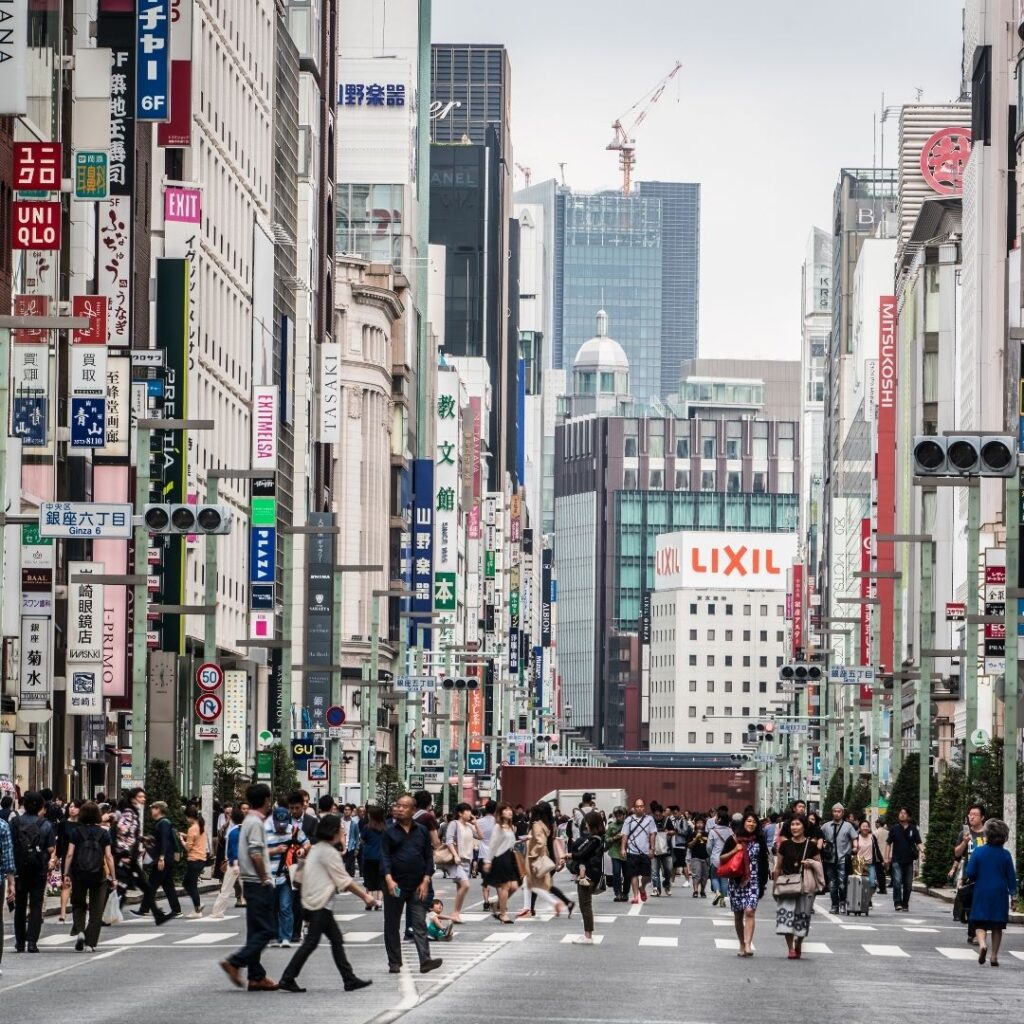
Take a walk down Chuo Dori, Ginza’s main drag, and pop into historic department stores Mitsukoshi, Wako, and Matsuya for old-school ambience. Then head to newcomer Ginza Six, where the 6th-story central atrium features a regularly changing mid-air art instillation. You’ll also spot permanent pieces by digital-art darlings teamLab and botanist Patrick Blanc.
Another must-visit shop is the flagship of venerable stationer Itoya, which has 12 floors of every possible iteration of paper, paint, and pen known to man. The top-floor café offers great people watching if you can score a table near the window.
For eats, try to snag one of the much-desired seats at Hakkoku for a life-changing omakase sushi course for chef Hiroyuki Sato in soothing modern minimalist surrounds, or for something easier on the wallet, there’s ramen from Ginza Kagari. Their rich, thick, chicken-based broth always has aficionados lining up for a belly-filling bowlful. Pro tip: get the ajitama topping, a soft-boiled egg marinated in soy sauce and mirin.
Looking for the best places to stay while in Tokyo? Here are our picks for the best luxury hotels in Tokyo.
One Day In Tokyo For The Culture Vulture
Roppongi was once synonymous with seedy nightlife (And pockets of that strip club/shot bar provenance remain!), but major redevelopment projects like Roppongi Hills and Tokyo Midtown have transformed the neighborhood into a more affluent, family friendly locale.
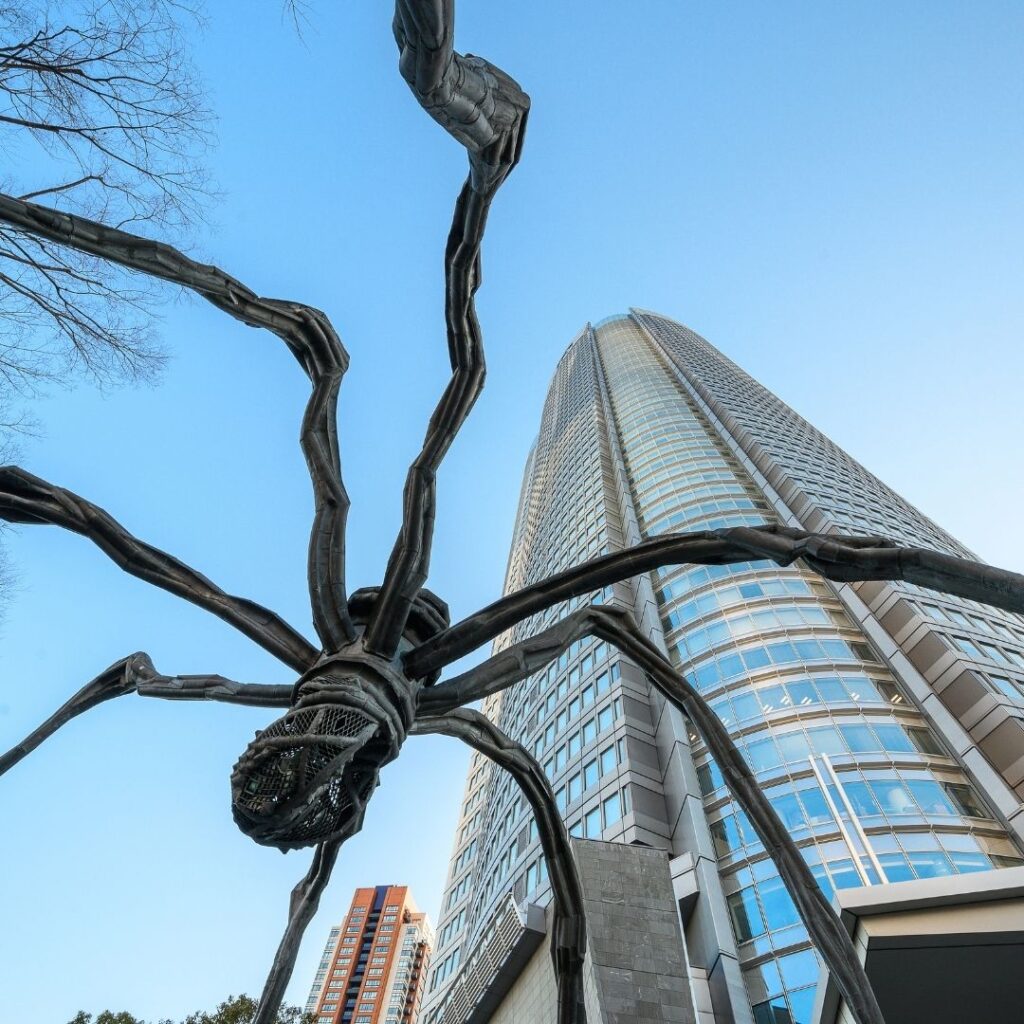
Hit the 53rd-floor Mori Art Museum first for contemporary art combined with stellar views, then head back to ground level to spy the 30-foot-tall Louise Bourgeois spider sculpture on the promenade. This hard-to-miss piece of public art is the meeting spot in Roppongi for obvious reasons.
Next up is the National Art Center, Tokyo, which hosts traveling art exhibitions. These can be hit or miss, depending on your interests, but the undulating glass building by architect Kisho Kurokawa is always worth a visit.
A few minutes’ walk away, you’ll find Nogi Shrine, a picturesque Shinto shrine with a grisly backstory. It’s dedicated to army general Nogi Maresuke and his wife, who committed ritual suicide in 1912 following the death of their beloved emperor. Despite that macabre history, the grounds are peaceful and full of Japanese cultural touchstones like a tunnel of vermillion torii gates and stone lanterns.
You can try shojin ryori, the plant-based Buddhist cuisine usually served at temples, at nearby Sougo. The principles behind the cooking style were laid down in the 13th century by Zen monk Dogen Zenji and include the idea that both preparing and eating the dishes are a form of spiritual practice, bringing mind and body into balance through balanced flavor and nutrition.
One Day In Tokyo For The Traditionalist
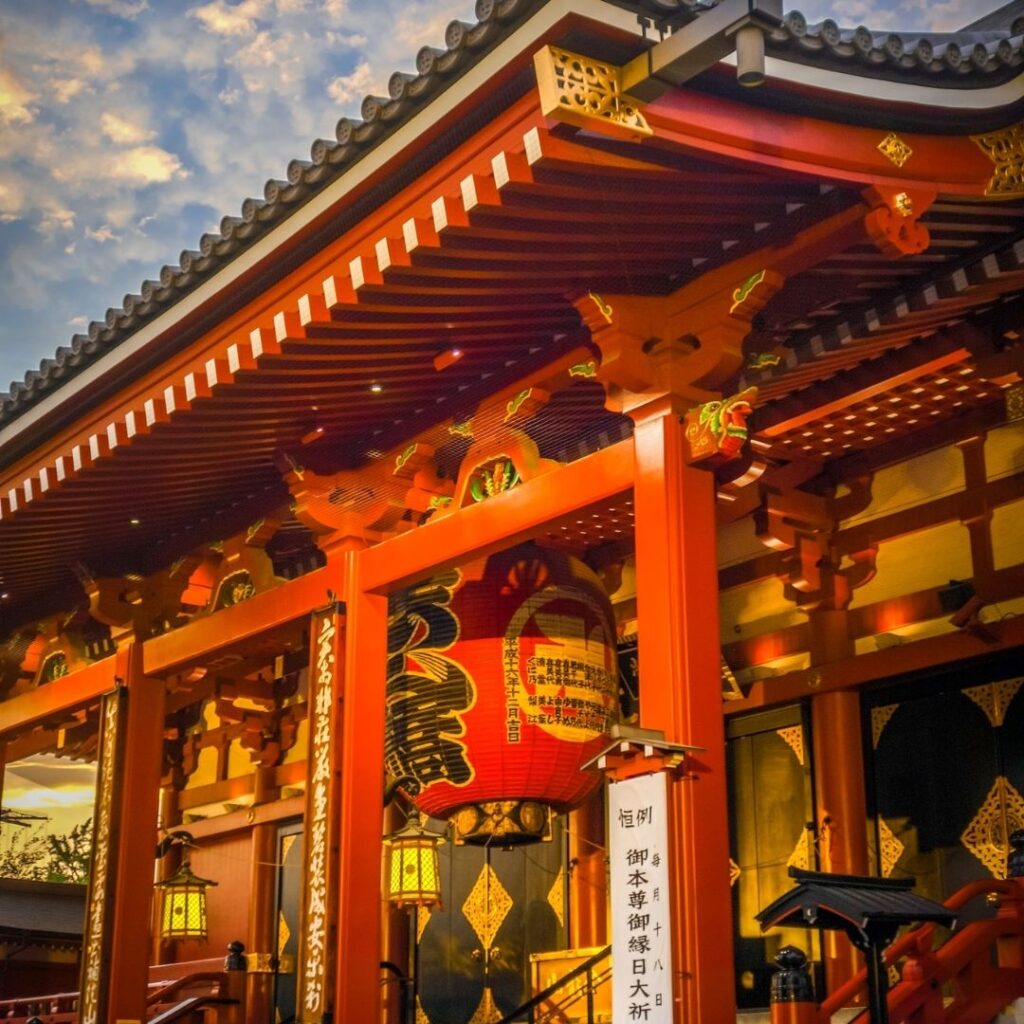
If you want to see a glimpse of old-school Tokyo, head to Asakusa, home of the famous Senso-ji Temple. The giant red paper lantern marking the entrance to a street of tat-hawking vendors called Nakamise Dori is the quintessential tourist photo spot. Wander a bit off the main drag and you’ll find many shops selling traditional crafts that have histories measured in centuries, like 7th-generation boxwood comb maker Yonoya.
From Asakusa, you can head south to Kuramae, an old mercantile neighborhood now up-and-coming. It still has the shitamachi (old town) atmosphere, but is full of trendy shops and cafes. Standout stores include naturally dyed clothes and linens at Maito, bespoke stationery shop Kakimori, and leather goods at Ren. Then grab a coffee and cake at Kissa Hangetsu to rest your feet while ogling your new acquisitions.
Alternately, you could head north through Ueno Park to Yanaka, another neighborhood stuck in time having survived both the 1923 Tokyo earthquake and the fire-bombings of WWII. Kayaba Coffee, established in 1938, will induct you into the retro cool of the kissaten (Japanese-style coffee shop), or Yanaka Beer Hall will serve you up some local craft brews in a renovated 1930s home. Yanaka is also a favorite haunt for photogs, with some 70 temples, gangs of adorable free-roaming cats, and scads of traditional architecture crammed into one tiny ‘hood.
Don’t miss our one day in Boston article for a totally different experience.
One Day In Tokyo For The Party People
Before a boozy night out on the town, it’s best to fill up first, so start at Japanese restaurant Juban Ukyo. Their rice topped with truffles and egg is a must, but any item on their izakaya-style menu is sure to please. They stock about 250 sakes and are happy to recommend the perfect pairing for anything you order.
Now, it’s hard to choose just one Tokyo neighborhood for nightlife, but if you twist my arm, I’ll send you to Shibuya, home to some of my favorite watering holes, including The SG Club, which recently snagged the no.3 spot on the Asia’s 50 Best list. This two-floor bar is the creation of Asian mixology wunderkind Shingo Gokan. At basement-floor Sip, the ambiance is 19th-century saloon, while street-level Guzzle has a more casual pub vibe. Both feature creative, spirit-forward original cocktails, many of which use Gokan’s craft shochu line.
On the opposite side of the station is Bar Ishinohana, a classic Tokyo cocktail bar with tuxedo-clad staff, polished wood counter, and fierce ice-cutting skills. Founder Shinobu Ishigaki is an award-winning bartender who’s been setting the city’s scene for decades. Clock his skill at the classics, then try one of the monthly seasonal cocktails for something fresh.
The bar hop can continue a quick cab ride away at speakeasy A10, entered through a bank of lockers opposite Ebisu Park. Inside is a midcentury modern confection where you can roleplay your Mad Men fantasies with a border-busting list of whiskies and classic jazz LPs. Well-known sister bars Tram and Trench are also nearby and open late for those with the sea legs to carry on.
One Day In Tokyo For The Nature Lover
You might not think of Tokyo as a place of natural beauty, but if you get outside the central wards, there’s actually a lot to explore. The most popular hiking spot near town is Mt. Takao, thanks to its convenient rail connections, but the paved trails and city crowds are likely to disappoint someone looking for some soul-soothing shinrin-yoku (“forest bathing”).
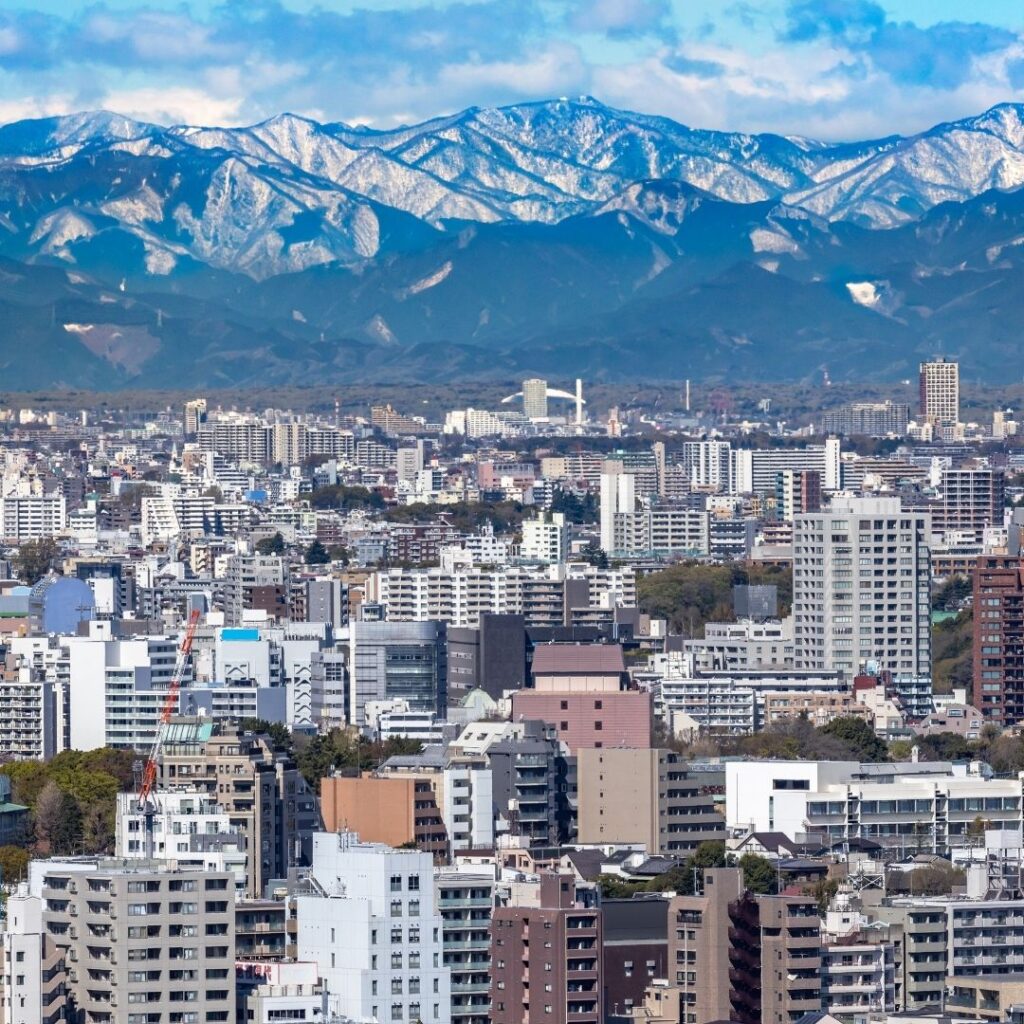
Instead, head north to the rocky canyons of the Okutama Mountains. This is still technically Tokyo, but there’s nary a skyscraper or neon sign in sight, just green, green, green. The Nippara Valley has some particularly nice hiking, featuring limestone caves and virgin forest. For a more casual stroll, the walking trail along the Tamagawa River provides scenic views without the huffing and puffing.
We’ve barely scratched the surface of what Tokyo has to offer, but that should get you started. Pick a path and see where the day takes you!

